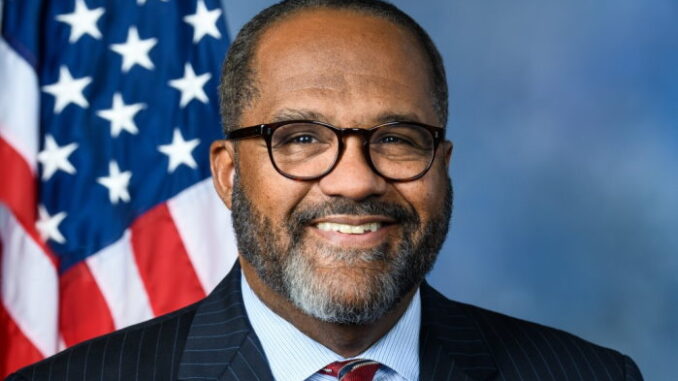
As a son of the South and a proud Black man serving Louisiana in Congress, I speak from the very place where one of America’s most powerful photographs was taken. In 1863, in Baton Rouge, Union doctors examined an enslaved man named Peter—later called Gordon—whose back carried deep scars from whippings. Photographers captured that image, known as “The Scourged Back.”
The photograph shook the nation. Published in abolitionist papers and in Harper’s Weekly on July 4, 1863, it revealed the cruelty of slavery more clearly than words could. Leaders like Frederick Douglass and Sojourner Truth used it to awaken the conscience of the country. Gordon’s escape, his survival, and his later service as a soldier turned his story into a call for freedom and justice.
This is not “divisive” history. It is honest history.
Recent reports of efforts to remove artifacts like “The Scourged Back” from national displays are troubling. Whether or not this specific image was taken down, the message is clear: trying to hide painful truths weakens America instead of healing it.
This photograph belongs in classrooms, museums, and monuments. It tells the story of a people who built this country, endured its worst injustices, and still rise with faith and resilience.
As Louisiana’s Representative, I will not be silent. We must teach our children—of every race—what happened, so they can lead with open eyes and better hearts.
Mr. President, I urge you to make clear that America will preserve and teach its full history—including the hardest parts. Only then can we grow stronger as a nation.
Recommended For You.



Be the first to comment